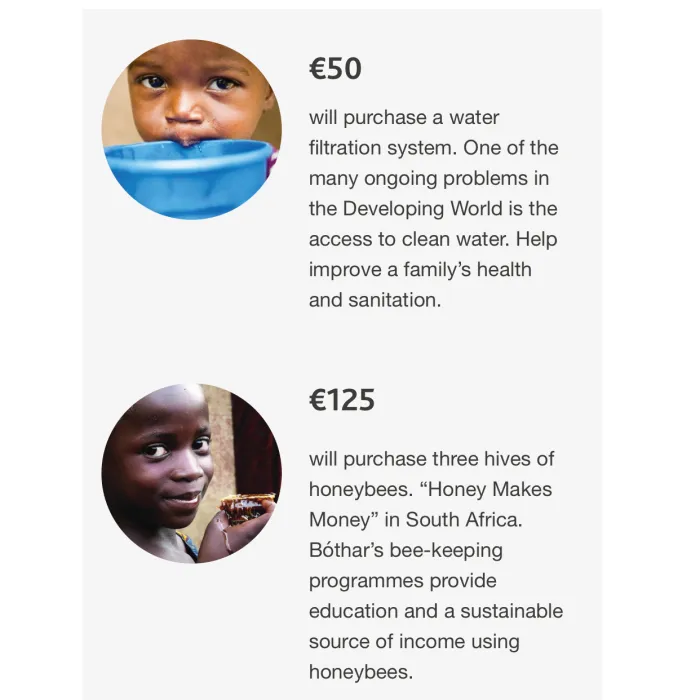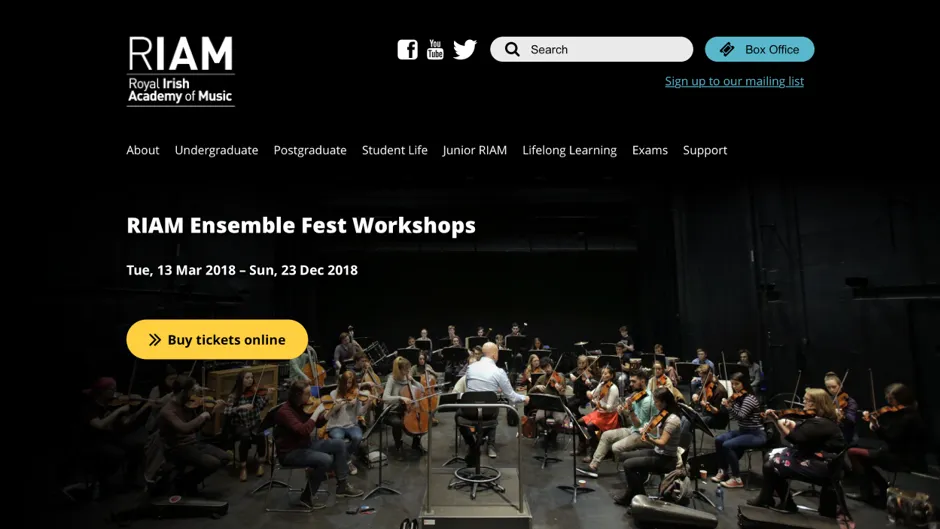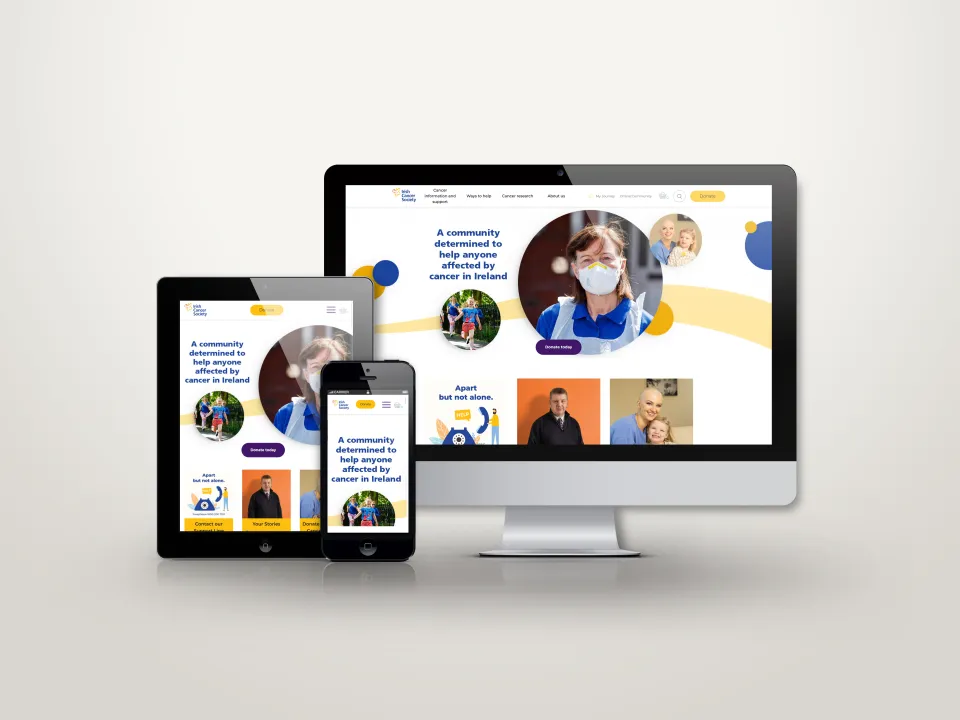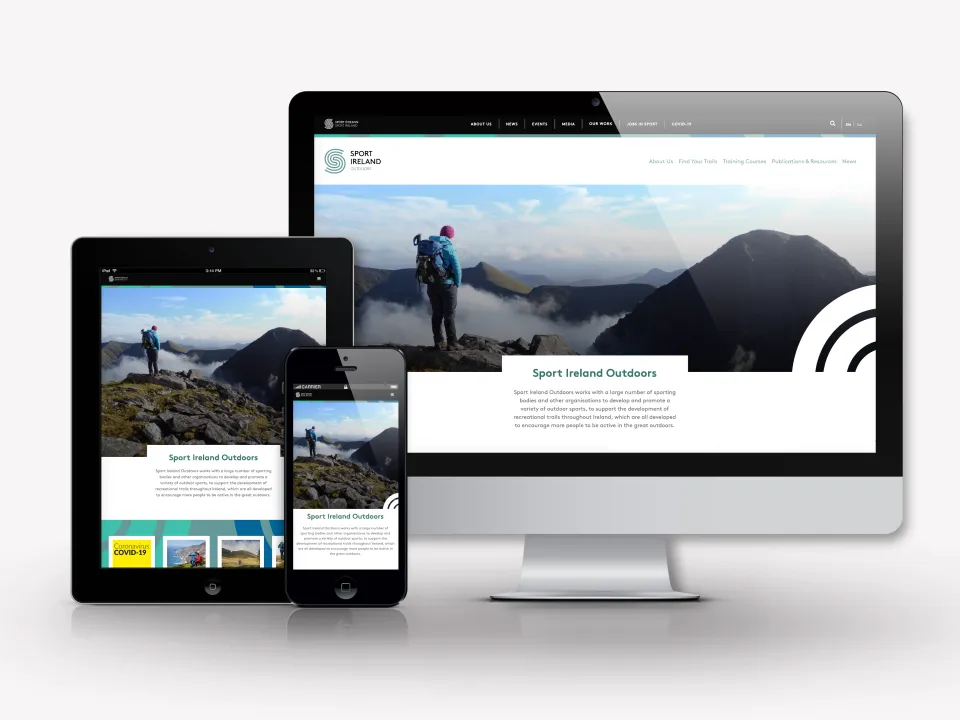UX Series 3: The UX roles at the heart of every project

A great user experience isn’t just something that happens by chance. It takes teamwork to ensure that the right information is put in front of the user at the right time.
When people “go online” they usually know what they want. Their experience, enjoyable or frustrating, will determine whether they engage with a business or ditch it for another one.
User experience, or UX, is crucial. We have been exploring the different facets of this discipline and how it has become ubiquitous in our daily lives. In the first article of this series, we explained what UX is and in the second we covered why it matters.
Putting the user at the heart of every project will result in a streamlined, pleasant experience for website visitors, but who are the people you need to ensure that this happens?
In this, the third article of our five-part series on UX, we take you behind the scenes to look at who does what.
Although each project will have different needs, and thus different people involved, nailing down the best user experience for your project will usually come down to the following roles:
User researcher
This role is crucial to every project because this is the person who is responsible for providing insights regarding the needs of the users, based on information gathered from, or validated with, research.
By putting the user first, you can deliver an engaging and rewarding digital experience for your clients. In order to ensure that you get it right, you need to do your research.
A good place to start is with the following practices:
- Analysis of your existing website
- Persona development
- Focus groups and workshops
- Wireframes and prototypes
- Iterative user testing throughout the design and development process
- Formal user acceptance testing
A great example of how we used user research to drive a project is the work we did with Irish charity Bóthar.
Bóthar had a digital platform, but it wanted more for its users. Its online store – which was at the heart of its ability to get life-changing donations to the people who need them – needed a makeover to ensure that the donor experience was a happy and satisfying one.

Before starting work on the revamp, we held workshops with Bóthar to ensure that they knew exactly what was needed and we also conducted in-depth user research.
Some interesting things came out of it:
- The first thing we needed to do was ensure that the content and images were engaging and attractive.
- The second was making sure that users were inspired to donate, not “guilted” into donating.
- And the third was helping them choose the perfect gift by showing users exactly how each donation would help the community it was going to.
By putting the user at the heart of the experience, the result was not only a stunning, clean site for Bóthar, but also some excellent results.
- Visitors to the website increased by 158%
- More impressively, donations through the website increased by 100%
- And, proving that users were getting the information they needed online, phone calls from people having difficulties donating online decreased by 90%.
Information architect
Once you know that the user wants you need to figure out the best way to display that information and for it to be easily accessible. The information architect creates models for information structure and uses them to design user-friendly navigation and content categorisation.
This is important, especially when the audience is a varied one and the information that needs to be displayed is vast.
When the Royal Irish Academy of Music wanted to update its digital platform, our biggest challenge was how to present this content in way that makes it easy to find. This was compounded by the fact that the final product would cater for a large and varied audience, including prospective and overseas students, current students, concert audiences and parents.
The solution included a new and improved Courses section based on an iterative design process, and clear pathways to apply online for both undergraduate and post graduate courses and exams.

Content strategist
Content is key to a brand. It defines who you are and what you do, and you need to get it right first time.
A content strategist is responsible for understanding the business and user requirements and how best to convey your messaging. They work with clients to evaluate, plan, and deliver a content strategy that will work for their needs.
While a website’s look, feel and functionality are vital to an organisation’s success, it falls down without the right content presented in the right way for the right audience.
Clients’ needs from a content perspective will vary wildly from site to site (think e-commerce versus informational websites).
The role of the content strategist is to deliver a content strategy that serves and nurtures the relationship between your organisation and clients best, while also meeting the needs of underlying principles which a website relies on, such as search-engine optimisation.
Visual designer
This role has to do with the elements of the website or application that the user sees. It encompasses technical terms such as vertical rhythm or typographic scales, which ensure that it’s easy on the eye.
But, even more importantly, a well-designed website will have a look and feel that creates an emotional connection with the user that is in line with the brand guidelines.
This emotional connection was always going to be extremely important when it came to the Irish Cancer Society’s digital presence because of the importance of its online fundraising efforts, especially during the Covid-19 pandemic.
Key to the project was to understand the core user groups of the charity’s website, uncover their needs and frustrations and discover the limitations of the Irish Cancer Society's existing digital solution to allow for meaningful, effective change.
It took extensive user research encompassing focus groups, workshops, interviews and analysis tools before the redesign process could even start. Once this was done, the look and feel of cancer.ie and the community forum were redesigned to reflect today's vision of the Irish Cancer Society and the work it does.
The design also needed to facilitate all-important areas like donations, community and campaigns, and had to be flexible to allow for future digital needs.
The overall look was clean and modern, and the project had great results:
- Mobile engagement was up 28%
- user sessions increased by 30%
- and the system’s robust donations platform easily managed an incredible 200 donations per hour on Daffodil Day, the charity’s largest fundraising drive of the year.

Project manager
The project manager is a key role of any project, ensuring a happy client. They make sure that deadlines are hit and that all the elements of a new project come together just as they were planned.
Project managers need to ensure the end user is always kept central to all UX aspects of the project.
Some digital projects are more complicated than others, but if a project is managed effectively from the beginning of the process until completion to ensure that there are no surprises – and if any surprises crop up, they can be handled swiftly and efficiently.
“The project manager is the link between what's needed and what's possible for both the client and the team working on the project,” explains Sean O’Connell, a project manager at Annertech.
“From initial requirements gathering, through solution definition, right up to launch and handover, the project manager is the constant link between all involved parties and has context at all levels to help guide the project from initiation through to completion.”
When the former Irish Sports Council, National Sports Campus Development Authority, Irish Institute of Sport and Coaching Ireland were joined to form Sport Ireland in 2015, a new digital presence was needed.
It was a massive digital project, which saw Annertech manage the amalgamation of the four websites into a “one-stop shop” that would be managed by both commercial and non-commercial departments of the organisation.
“Sport Ireland presented a particular challenge from a project management perspective as the stakeholders were many and varied,” explains Sean.
“Sport Ireland is made up of 13 separate departments, each with their own separate set of individual requirements which needed to be understood and amalgamated into a single unified solution, singularly branded solution. Lots of personalities; lots of workshops; lots of fun. We ended up with a solution that allowed for consistency throughout, while also ensuring departments requirements were satisfied.”
The project would not have been possible without extensive user research that included identifying key user journeys and behaviour, user needs and frustrations, interviews with user groups and internal stakeholders, workshops with each department and extensive usability testing.
And it paid off:
- Sport Ireland’s digital platform saw a 302% increase in unique page views
- and a 64% increase in average time on page.
- The page also loads 4 seconds faster.

Support guru
Once the website is up and running you may need someone who can iron out any kinks or who can create new features to make the site better.
.
At this point, the UX comes from a couple of directions: The visitors to the website and the team working on it, creating and uploading content to the site.
“Site editors can quickly identify things that they find difficult, or challenging - in this case we build on their experience as users,” explains Anthony Lindsay. He heads up Annertech’s managed services team, which takes over digital projects once they are live and ensures that everything is working the way it should.
“Then we have site visitors. Analytics and heat-mapping tools can offer insights into what is working, and what isn't. A/B testing can identify what things work and which don't. These measures will help us to optimise the website and refine the user experience.
“In this way, we can build upon a good foundation of our experience and use the experience of others to mould the project to greatness.”
User experience can be the difference between securing a potential client or customer or losing them to another business. You don’t have much time to make a good impression on a new site visitor.
“If people don't like using a site, they won't. Thus, the feeling of using it is of paramount importance. You can guess your way through a design, but really it's in real-life testing, analysis and refinement that the real gold is to be found,” Anthony says.
“I would love to see more attention paid to how people are really using a site post-launch and let it go from strength to strength over its lifetime.”
Conclusion
A great user experience isn’t something that happens by chance. It involves many people working behind the scenes.
These different roles encompass user research, information architecture, content strategy, visual design, project management and refinement once the site is launched.
The various facets each require dedication and effort to ensure that they all work effectively, and work together – if one facet is weak it will set back the entire user experience which could mean losing a potential client or customer.
But once they all come together, the result is magnificent. The best type of user experience is effortless, streamlined and will positively influence a user’s feelings towards a business.

Do you need help improving your user experience?
Why not talk to our UX specialists about how we can help ensure a seamless user experience for your website.
Get in touch!


